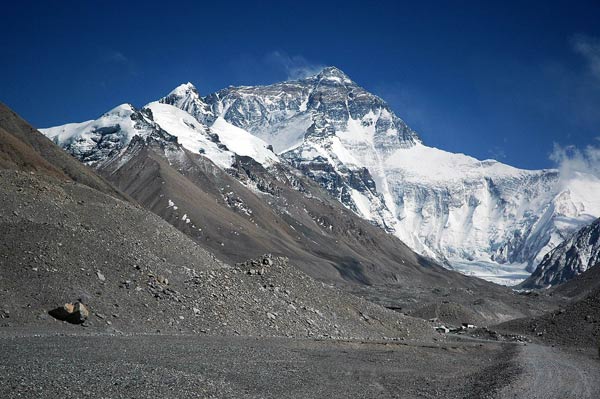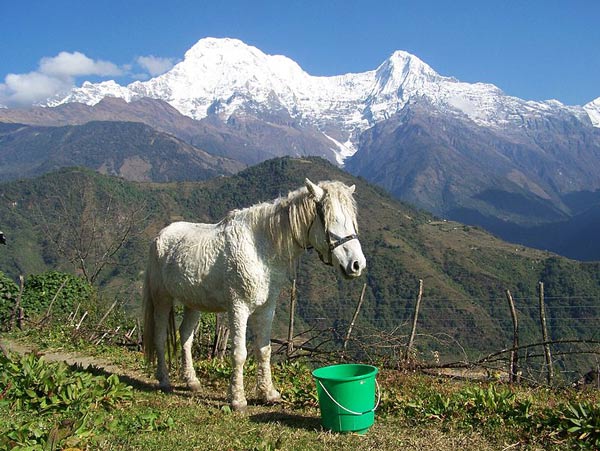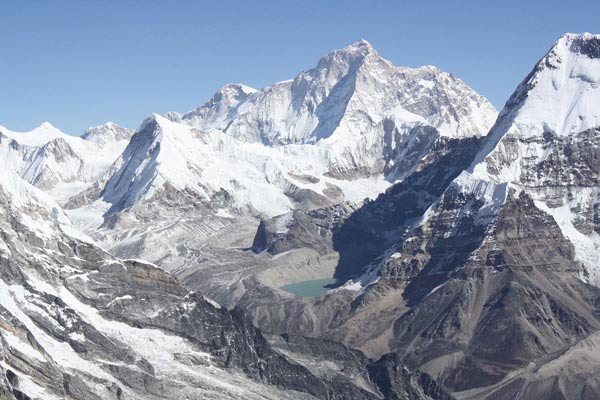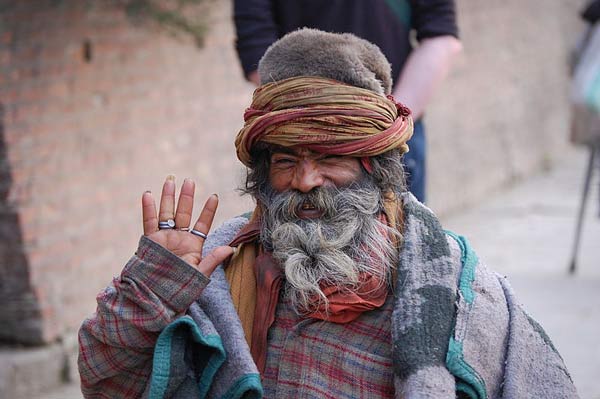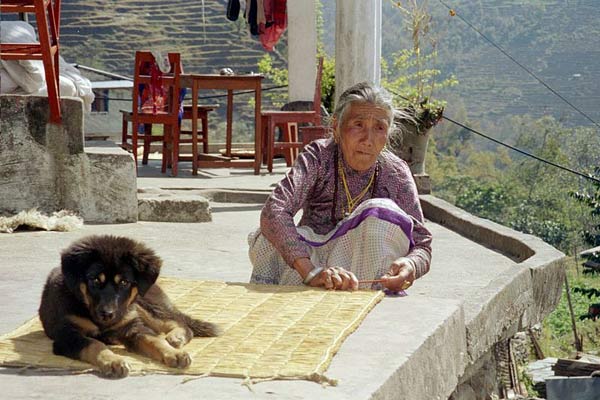Nepal is a southern Asian landlocked country located between India and Tibet. Mount Everest – the tallest mountain in the world – is found in Nepal.
Nepal has a population of 31.5 million (July 2015 est.). The official language is Nepali — although some public institutions and businesses do use English.
Mount Everest locally known as Sagarmatha (meaning Forehead of the Sky), peaks at 8,848 metres (29,029 ft) above sea level.
The mountain was named Everest in 1863 after British surveyor Sir George Everest.
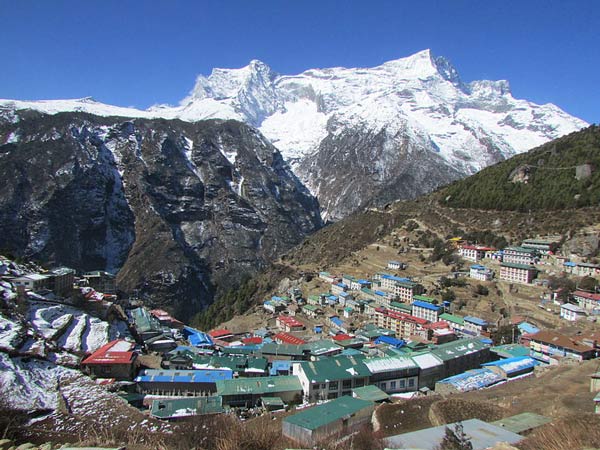
Namche Bazar is a gateway to Mt Everest. The village lies in Solukhumbu district of Nepal. The mountain seen in the background is Mt Kungde. Photography by Gaurab
Close to three quarters (64%) of Nepal is covered by mountains.
These mountains (14 of which peak above 8000 meters; and 1,310 peak above 6000 meters), serve as huge touristic attractions, especially for mountain climbers and trekkers.
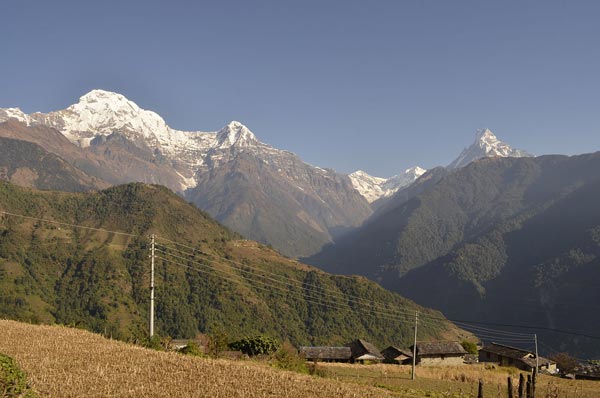
View of Annapurna South (left) and Machapuchchre (right) by Sudan Shrestha
The country of Nepal is also rich in forests, grasslands, wetlands, and wildlife.
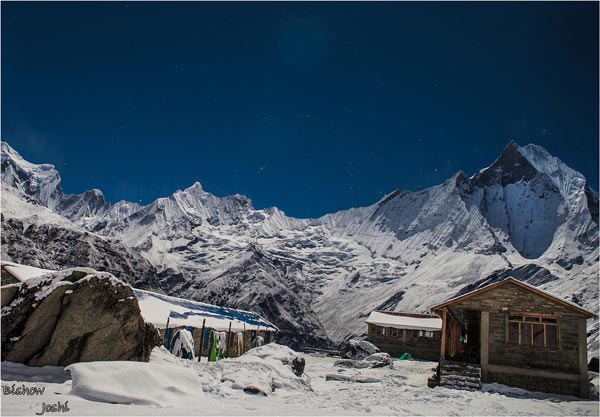
Annapurna Base camp by Bishow Joshi
Nepal is endowed with an abundance of natural resources including minerals (quartz), timber, soil, water, and hydropower.
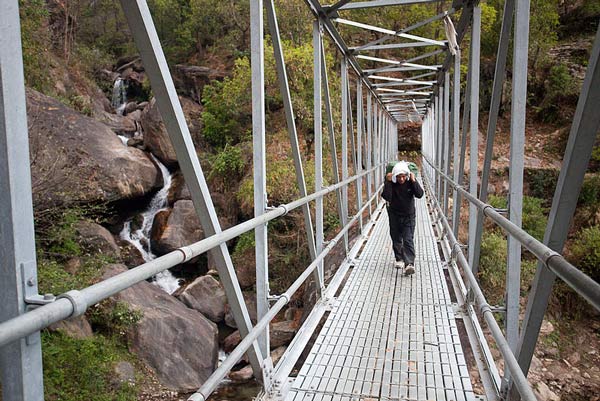
Bridge in Annapurna Circuit. Photography by Greg Willis
Agriculture is the main economic activity in Nepal. 70% of Nepalis are farmers of rice, maize, millet, wheat, sugarcane, and vegetables; some farmers maintain livestock such as cows, chicken and goats.
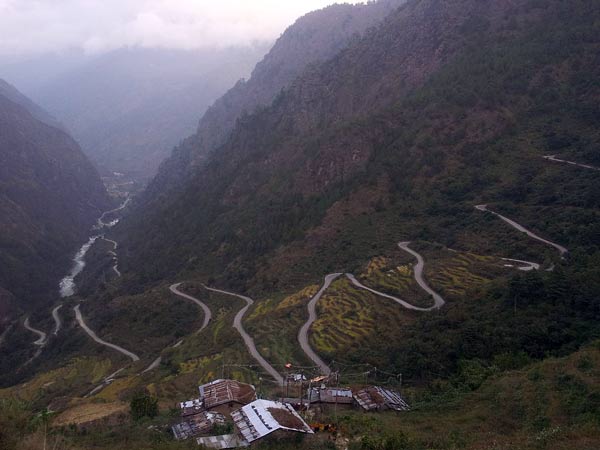
Road on the way to Syabrubesi (a small touristic town). Photography by Bharat2
The Nepali heavily depend on trees for most of their daily energy needs such as heating and cooking. Because of this, forests are rapidly being cut down by the general population and for commercial purposes, causing conservation/environmental concerns.
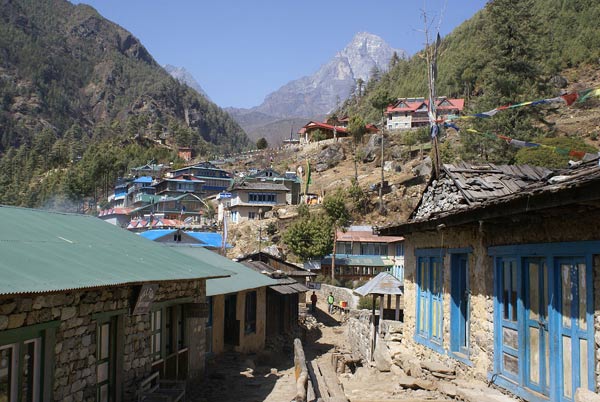
Monjo village, located between Lukla and Namche Bazaar. Photography by Moralist
90% of Nepalis live in areas covered by a cellular network, hence mobile cellular subscriber-ship is rising rapidly.
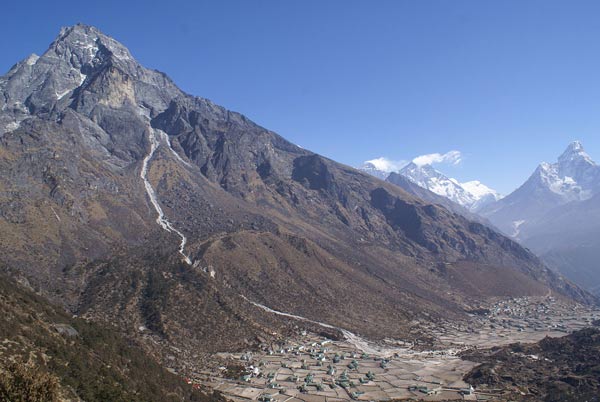
Khumbila (a high Himalayan peak), with a view over Khumjung and Kunde villages, and Mount Everest, Lhotse and Ama Dablam peaks in the background. Photography by Moralist
Mera Peak is one of Nepal’s most popular trekking peaks.
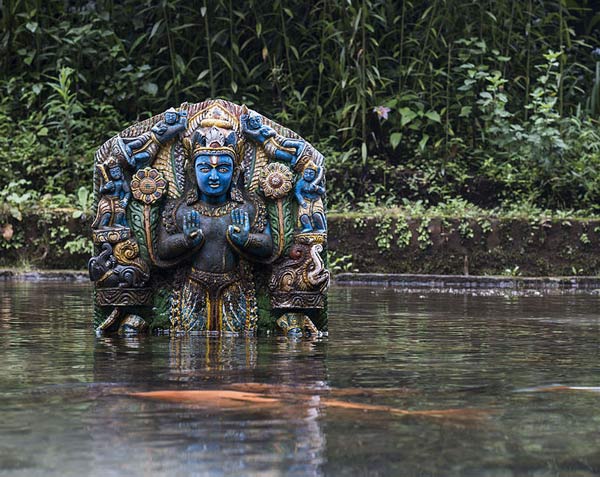
This image of the God Vishnu sculpture in Sheshnarayan Temple was built in the 10th Century. The sculpture is made of stone. It is located near the ancient town of Pharping, which lies approximately 20 kilometers south-west of Kathmandu.
There are over 125 ethnic groups in Nepal.
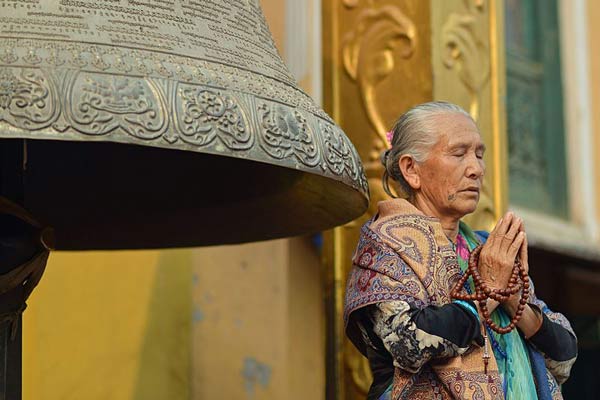
Photography by Christopher J. Fynn
Hindu is the main religion in Nepal, practiced by 81.3% of the population (followed by Buddhism).
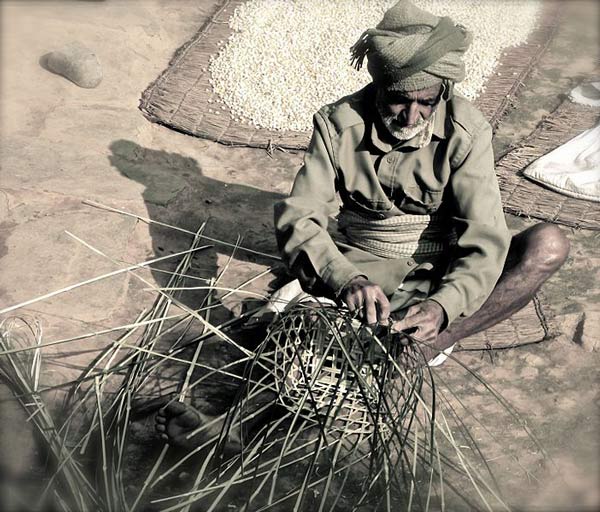
An 89 year old man weaving a basket by Vivek Dahal
The head is considered the most sacred part of the body in Nepali culture. Touching a person’s head is culturally unacceptable.
Handshaking is not common in Nepal. The traditional greeting – Namaste (“I salute the god within you”), while placing palms together as if praying – is beloved by visitors.
Tourism is the largest industry in Nepal. Would you visit? Mount Everest awaits!
Join mailing list for updates and monthly newsletters

